I lived in Nairobi for four months last year, and it felt like a fleeting, beautiful dream.
Knowing next to nothing about life in Nairobi, other than Kenya’s fame for safaris, I had many questions; What’s the city like? How are the people? Is public transportation reliable? Is good vegetarian food available?
In summary, my four months were extraordinary, filled with adventure, delicious food, groovy music, and wonderful people. Whenever I mention my four-month stint there, people often express confusion when I say I loved it and would move back given the opportunity. (My resident pass expires in two weeks, and yes, I did consider it.)
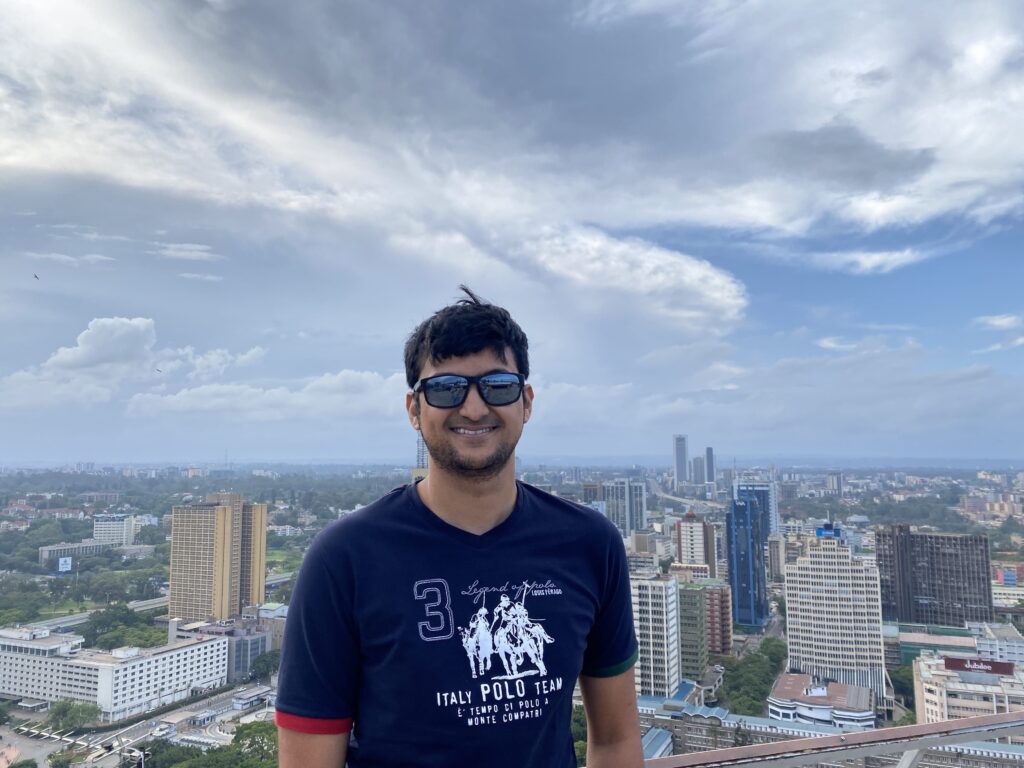
In my first month there, I began reading the book “The Shadow of the Sun“, a travel memoir by Ryszard Kapuściński. It’s an amazing book that outlines his experiences in Africa and the people he met during the 1960s. The book starts with this quote:
“The continent is too large to describe. It is a veritable ocean, a separate planet, a varied, immensely rich cosmos. Only with the greatest simplification, for the sake of convenience, can we say ‘Africa.’ In reality, except as a geographical term, Africa does not exist.”
If you’re interested in diving into African history and life, this book is a must-read. Similarly, I feel Kenya is too vast and complex to capture in just words—it needs to be experienced firsthand. Keeping that in mind, this post isn’t intended as a travel blog or an expat guide, however, many have inquired about life in Kenya since my return, so I felt compelled to share. Writing this post also offers me a chance to reflect, especially as this marks exactly one year since I was there.
Why did I move to Nairobi?
I enrolled in a six-month social innovation program at the Amani Institute. The course is delivered remotely for the first three months, followed by a three-month immersion in Nairobi. For more about my experience, you can check out my newsletter post.
Living in major world cities for at least one month each is one of my life goals. The list includes Tokyo, Berlin, New York, and London, but Nairobi was never in the top 10.
I was traveling through Sydney when I had to make the decision to accept my seat in the course. Normally, I wouldn’t even go for a weekend trip without meticulous planning, but something about the prospect of life in Kenya captivated me. The excitement was too great to resist.
Beyond the allure of living abroad, having a remote job, and classes at the institute only two days a week, the circumstances luckily aligned in my favor.
Check out my Google Maps list for Nairobi—it’s got some great places.
Accomodation
For expats, Facebook groups and Airbnb are invaluable resources. While short-term rentals can be slightly on the expensive side, they often come with excellent amenities like fully furnished apartments and bi-weekly or tri-weekly cleaning services.
The unfurnished apartments I found offered good value for money, comparable to Bangalore in India in terms of prices, although they’re better suited for long-term stays.
Security in Kenya is top-notch; all malls, restaurants, and apartment complexes have gated entrances manned by security guards. This level of vigilance was implemented following a 2013 terrorist attack.
Most apartments feature gyms and swimming pools, although these amenities are usually on the smaller side.
We initially booked an Airbnb for one week, using that time to explore neighborhoods before making a longer-term choice. I shortlisted many Airbnb apartments and contacted hosts for a viewing. Most of them obliged and gave us a quick tour.
Eventually, we settled on a location near Junction Mall on Ngong Road. The area was ideal—just a three-minute walk to the mall, which had a large supermarket, cinema, and coffee shops. It was also a mere 10-minute drive to the institute, 20 minutes to the restaurant-rich suburbs of Westlands/Parklands, and an equal distance to Karen, Nairobi’s upscale area.
The only drawback was that our apartment was on the third floor without an elevator. However, this turned out to be a silver lining as it provided good exercise hauling heavy carrefour bags and deterred any thoughts of relocating after dragging heavy suitcases upstairs.
Actual Costs: Approximately USD 1,000 per month for a two-bedroom, fully furnished apartment, all-inclusive.
Food
A university friend who grew up in Uganda told me that East Africa boasts some of the finest food and nightlife. I was skeptical.
Nairobi rarely makes it onto lists of cities with the best food worldwide.
However, I had some of the most memorable meals there, particularly Japanese and Italian fare. The coffee was equally impressive.
Initially, dining out seemed costly, but the prices soon felt comparable to those in India.
Must-Visit Eateries in Nairobi:
– About Thyme
– La Terrazza
– La Salumeria
– Tokyo
– Chekafe
– Talisman
– Hero
– Cultiva Farm
– Connect Coffee Roasters
What surprised me was the similarity between local Kenyan food and Indian cuisine. Staples like chapatis, pea and potato curry, lentils, and beans were readily available. This was a blessing when we traveled on safaris, where we found an abundance of vegetarian options.
As for groceries, the fresh produce was astonishing. Carrefour surpassed any supermarket I had visited in either India or Australia, both in terms of variety and price. The quality of fresh fruits and vegetables was outstanding. I found myself eagerly shopping there every other day. Personal favorites included their ready-to-roast vegetable packs and the fresh tangerine juice available at Zucchini grocers.
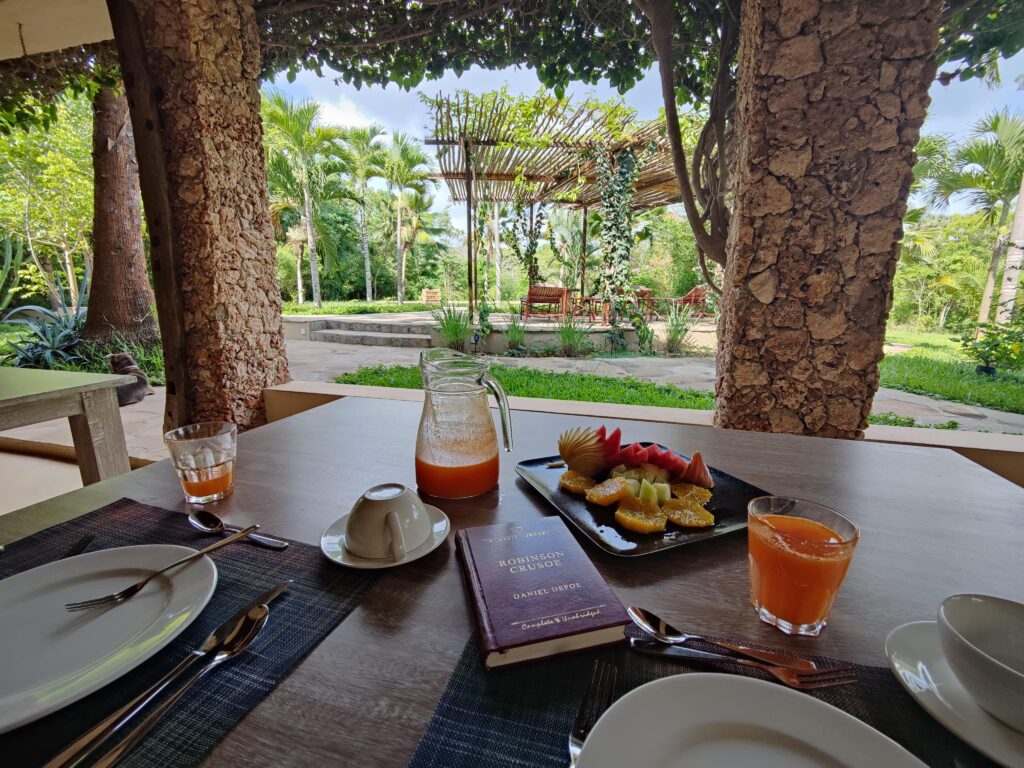
Navigating the city
Public transportation in Nairobi leaves much to be desired in terms of convenience and organization. While minibuses—locally called “matatus”—are abundant, we rarely had to use one. On one occasion, eight of us rented an entire matatu for a trip back from Maasai Mara.
Motorbikes, or “Bodas,” are easily accessible via Uber and Bolt. They offer a safe and efficient way to get around, especially if you are solo or traveling during peak hours. Taxis are readily available through ride-hailing apps and come at surprisingly affordable rates. A 10-minute ride to my institute cost me less than USD 2. Plus, the drivers are invariably friendly and open to engaging conversations.
As for intercity travel, a fast train serves the route to Mombasa. Digital infrastructure to simplify travel to other cities is still in the works, but companies like BuuPass are making strides in this direction.
Some friends from the institute used matatus regularly. It’s easy once you figure the system out, but I found taxis to be more than adequate and economically viable.
People
The people you meet make a city come to life. Meeting great people made my time in Kenya even more special. Our institute served as a hub for remarkable encounters. Attending a conference and a networking session at TechSafari, hosted by my friend Caleb, broadened our circle to include both locals and expats.
Our institute’s diverse group of 16 people from various countries added another layer to this rich experience.
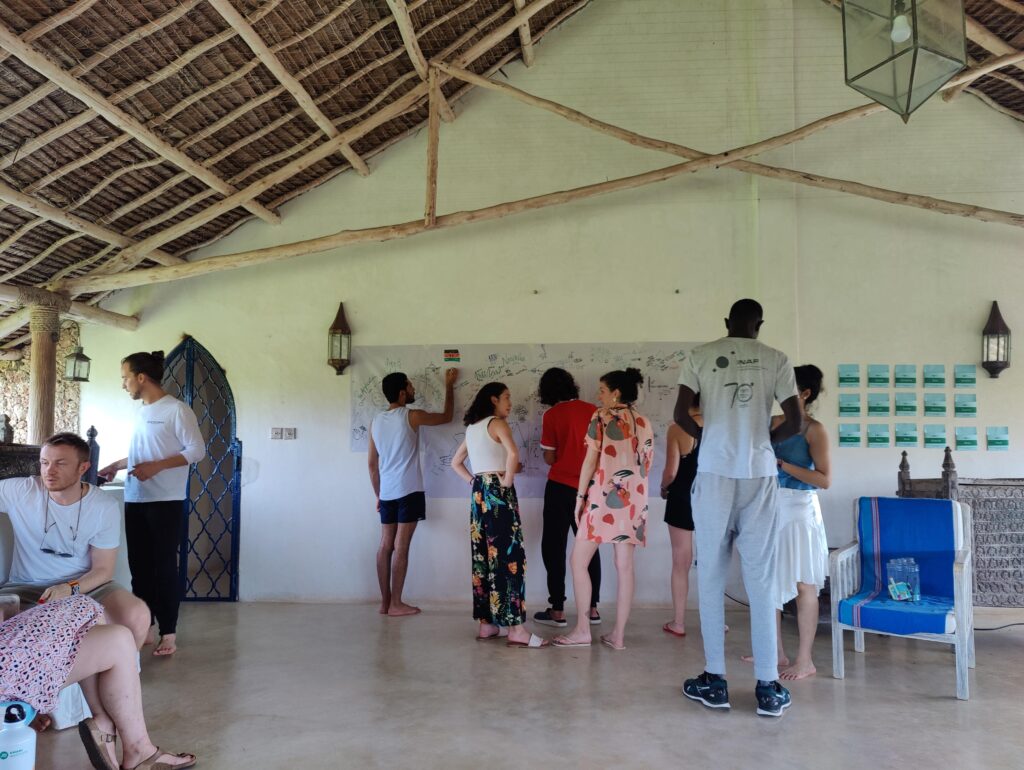
Everyone in Nairobi was really nice, from the maids to the boda riders and all kinds of security guards. Conversations were easy to strike up with just about anyone. And the best part? No language barriers and everyone spoke English.
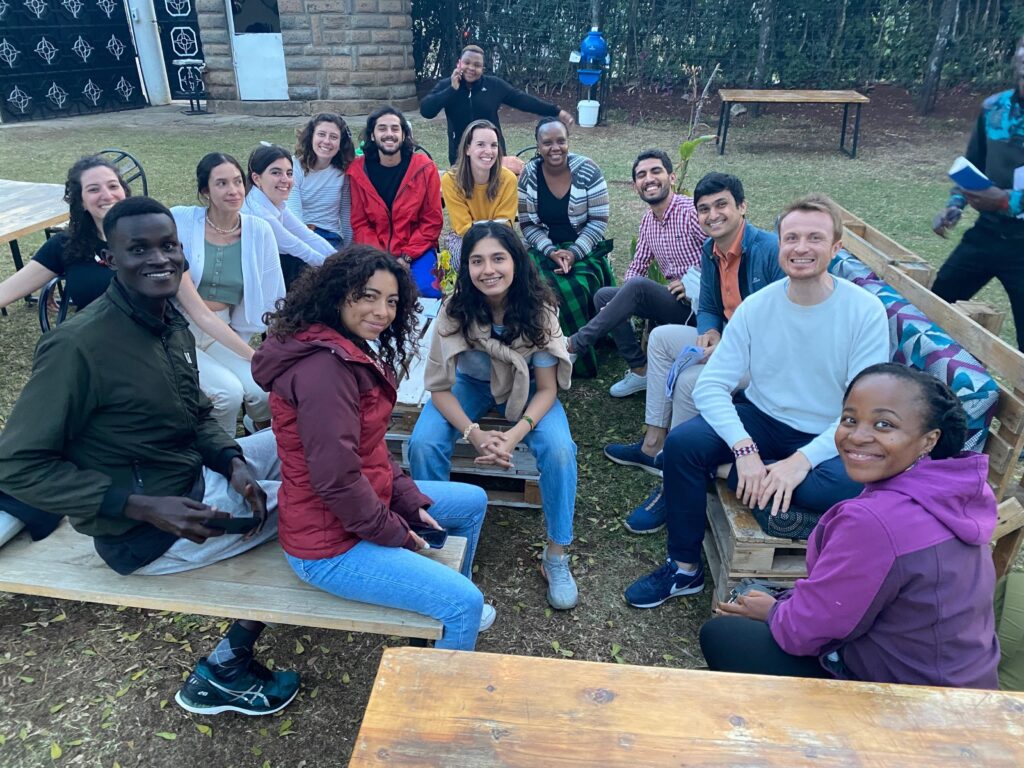
Managing Money
Managing money in Kenya is straightforward thanks to M-Pesa. When you pick up a SIM card, make sure to set up an M-Pesa account too; Safaricom is your best bet. Once that’s done, you’re all set.
If you’re carrying cash, exchange it for Kenyan Shillings and deposit it into your M-Pesa account through the physical agent shops throughout the city.
For international transfers, I used Wise to move AUD to Ksh every month. The process was seamless, with funds appearing in my account in as little as 30 seconds.
M-Pesa works everywhere, even for sending money to friends and it simplifies the financial side of life in Nairobi.
And what did you do for fun?
Nairobi isn’t a big tourist spot, most people head straight to safaris. But it’s got its own charm. If you’re up for it, there are plenty of hikes two hours drive away. Ngong Hills makes for a quick escape from city life.
Nairobi Museum and the KICC helipad make for good day trips near the CBD. David Sheldrick’s Elephant Orphanage is a must-visit and the Giraffe Centre if you want to get up close to giraffes.
There are plenty of malls, but nothing crazy about them. For fun, there’s no shortage of cool cafes, bars, and non-stop parties. Nairobi knows how to groove. I also got introduced to Afro beats (yes this is a Nigerian and West African music genre, but very popular in Kenya), and I listen to it every day even now. Check out some of the music in this YouTube playlist.
There is also Karura Forest and the Nairobi Arboretum if you want to spend some time in nature.
If you’re doing any of the bigger safaris, I wouldn’t recommend the Nairobi National Park (unless you have a resident pass because it’s so cheap).
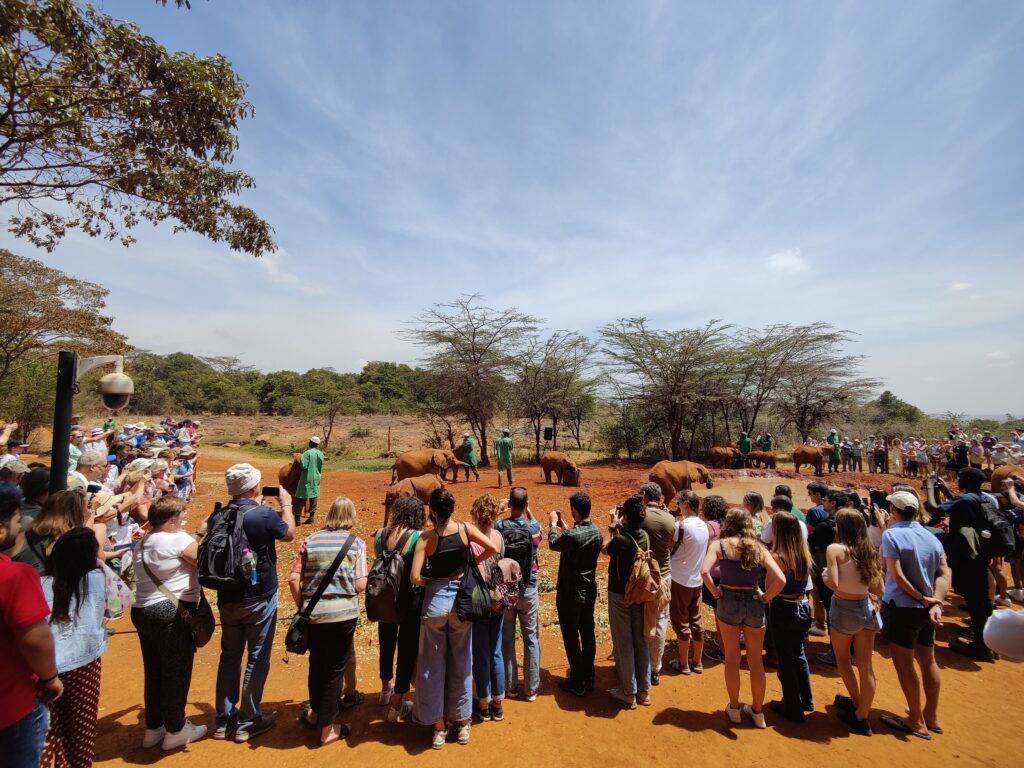
Going beyond Nairobi
Kenya is expansive, and my schedule was jam-packed with work and classes six days a week. Despite that, we made the most of our time, exploring more than just Nairobi’s urban life. Our adventures kicked off with a 3-day trip to Lake Naivasha in September 2022. It was an eye-opener to Kenya’s natural beauty, setting the pace for the trips to come.
In October we went to Maasai Mara, six days of raw, untamed wilderness. One of my friends had lived there for a few months in 2021 and made a lot of local friends. We stayed in the guest house of the previous Masai tribe’s chief and visited the homes of many locals. He even got a safari jeep on rent from those friends and we drove around ourselves in the reserve. It was unreal.
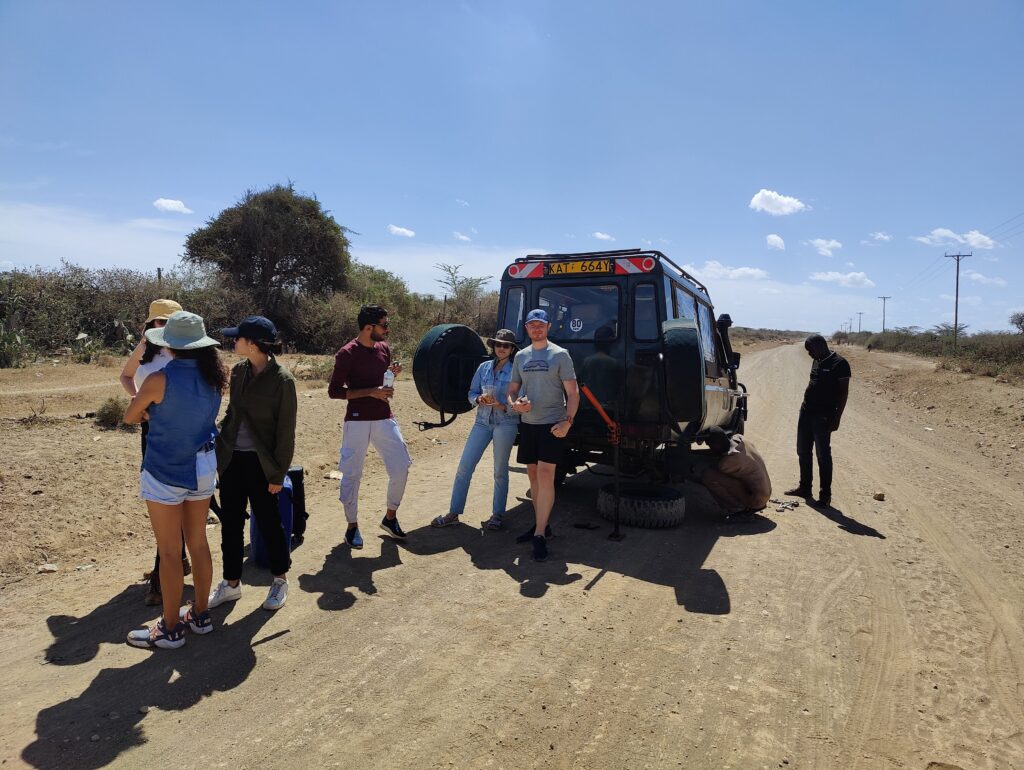
We followed this up with a weekend getaway to the Aberdare and just when we thought we had seen it all, December came around. We headed to the coast, basking in the beauty of Watamu for 5 days and Diani for another 4. The coast had really good food and beaches, although it was scorching hot during the day.
There were other places that I wished to visit but couldn’t due to time constraints. Nanyuki, near Mount Kenya National Park and the Ol Pejeta Conservancy, was one such place. Hiking Mount Kenya was on my bucket list, but most training hikes were on Saturdays, which clashed with my classes.
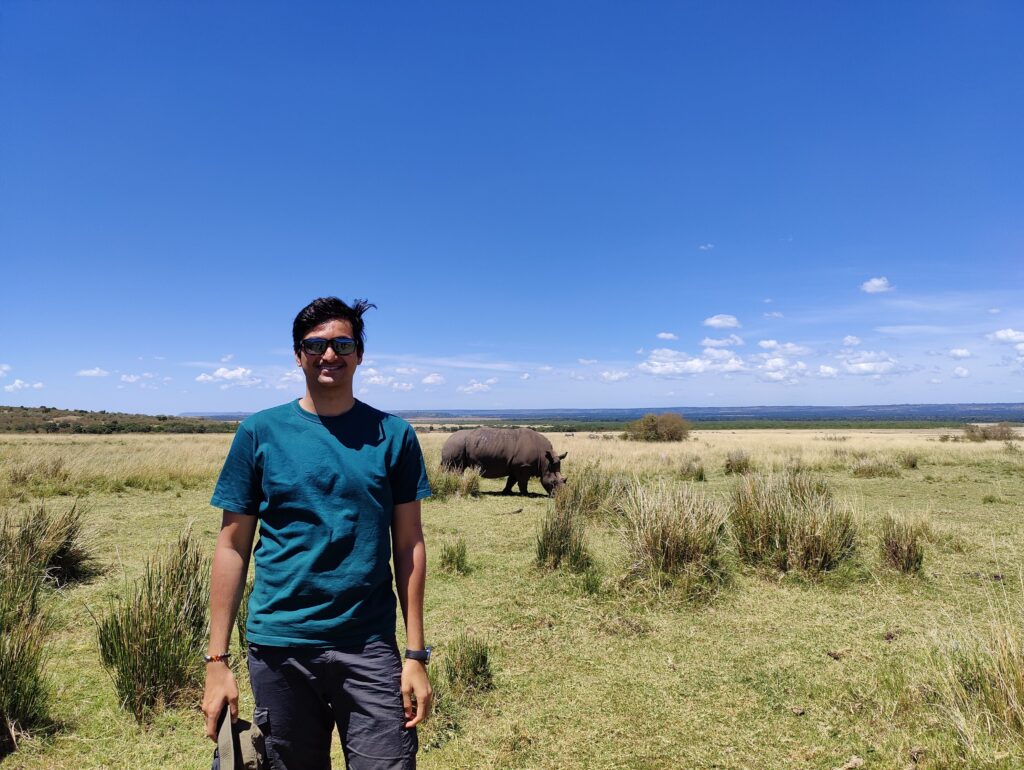
“Africa changes you forever, like nowhere on Earth. Once you have been there, you will never be the same. But how do you begin to describe its magic to someone who has never felt it? How can you explain the fascination of this vast, dusty continent, whose oldest roads are elephant paths?”
Brian Jackman
Healthcare
The points I outline here are my experiences. I’m not commenting on the broader healthcare ecosystem or how locals may view it.
I’ve never had to see a doctor while living abroad. In Nairobi, I went to three different hospitals, including a visit to the resident doctor at Fairmont near our guest house. In my limited experience, healthcare in Nairobi is good but a bit pricey. For example:
- Consultation, tetanus injection, and bandages cost USD 25.
- ENT consultation was USD 35.
- A consultation and chest X-ray were just USD 13 at a cheaper hospital.
- The doctor at Fairmont charged USD 20 for an injection and some painkillers (This was fine, we were in the middle of nowhere).
These rates may seem fine or expensive depending on where you’re from. In India, the first one would be around $5, and the second one about USD 15. But overall, I was happy with the service and doctors.
Is it Really Safe?
People often worry about safety in Kenya. My take? Be cautious, and you’ll be fine. Don’t walk on the streets at night, even in a group. Busy streets are okay. Taking a cab late at night is safe. We were out until 1 or 2 AM without issues.
Most buildings are secure. Many restaurants even have a locked gate at the entrance and ask for your details. It feels odd at first but you get used to it. Just avoid sketchy areas and people, exercise situational awareness more than you normally would and you’ll be fine in Nairobi.
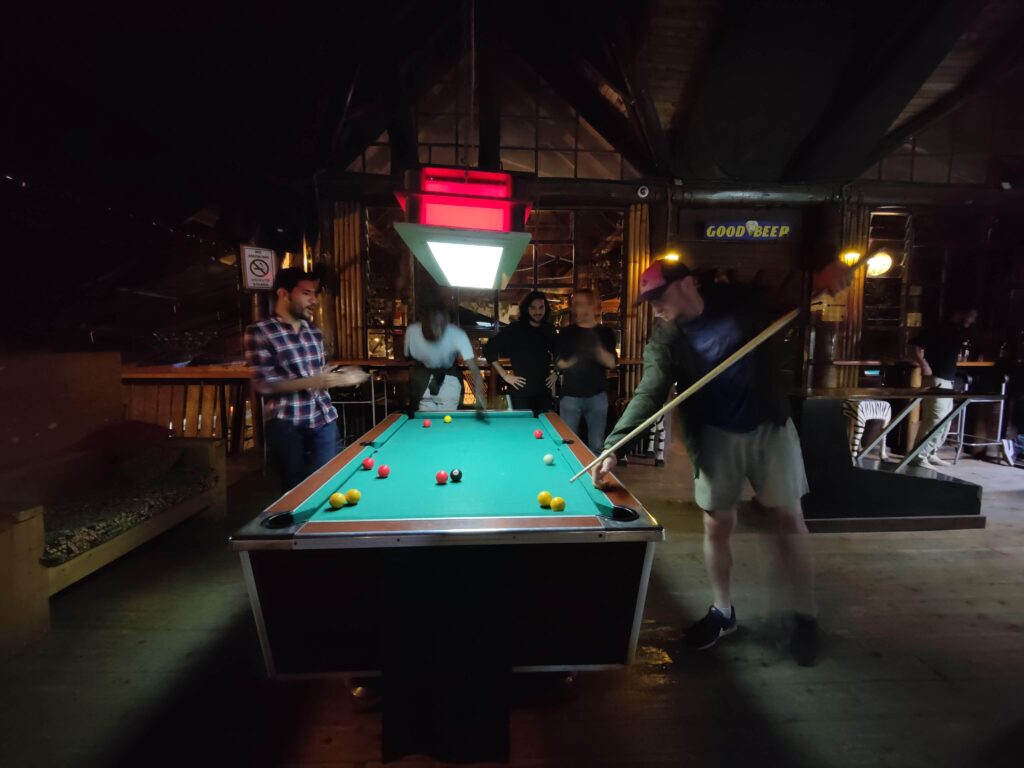
How about Digital Nomading?
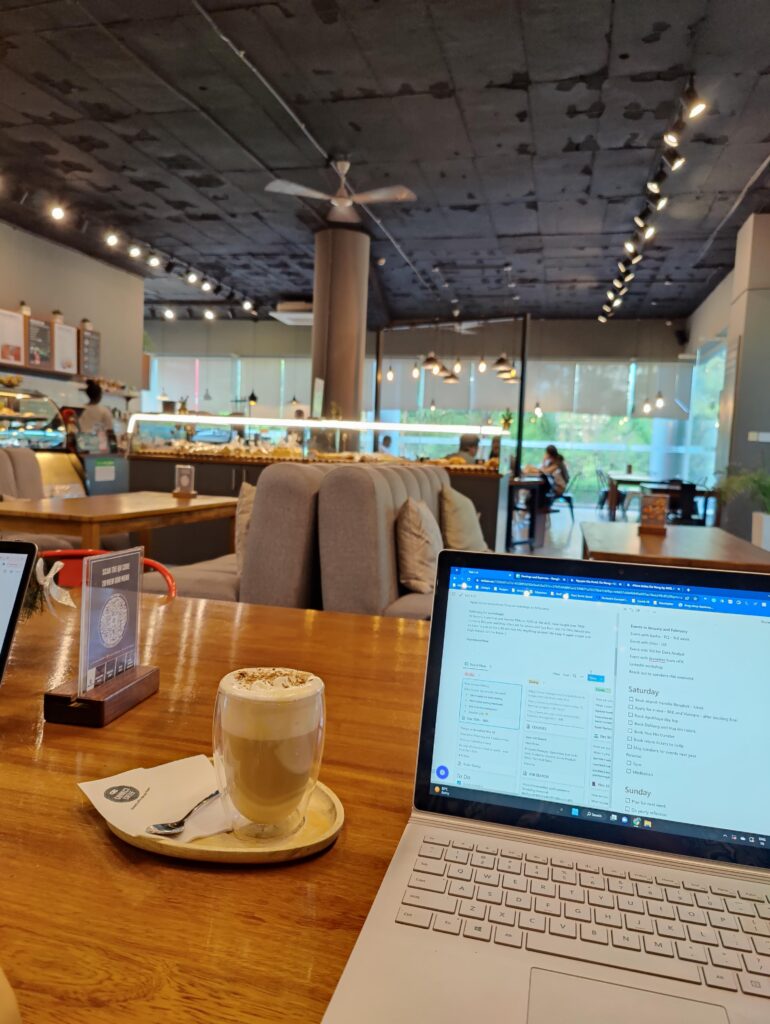
Nairobi boasts a thriving café and co-working culture, yet the city feels different. Perhaps it’s the heightened security. While malls and cafes bustle, you won’t find lively high streets like in Thailand, Vietnam, or even Tbilisi.
Everything you might need is available—great gyms, useful apps, a sense of community—but it’s all behind closed doors. If you’re only visiting for a few days, the city’s vibe might elude you.
The entrepreneurial spirit is strong here, with many exciting tech startups. Neighboring countries like Rwanda and Tanzania are also tech hubs, worth adding to your nomadic itinerary.
However, local flights can be surprisingly expensive. A round trip from Nairobi to Rwanda—a mere 30-minute flight—cost around USD 500 last year.
I really wanted to visit South Africa after my course finished, but a flight from India to South Africa was cheaper than one from Kenya to South Africa. I thought I might just come back later.
So, What Made It Stand Out?
What sets Nairobi apart isn’t one singular feature but the confluence of many. The city itself may not dazzle you with standout attractions, but it captures the essence of Africa beautifully. It’s the mix of modern food, affable locals, ease of transport, distinct culture, and abundant nature that makes Nairobi an ideal place to be.
This blend, coupled with an affordable cost of living, explains why the city attracts a large expat community.
It’s a place that grows on you, day by day, experience by experience. And that’s precisely why I can see myself going back, and why it leaves a lasting mark on those who spend enough time to truly know it.
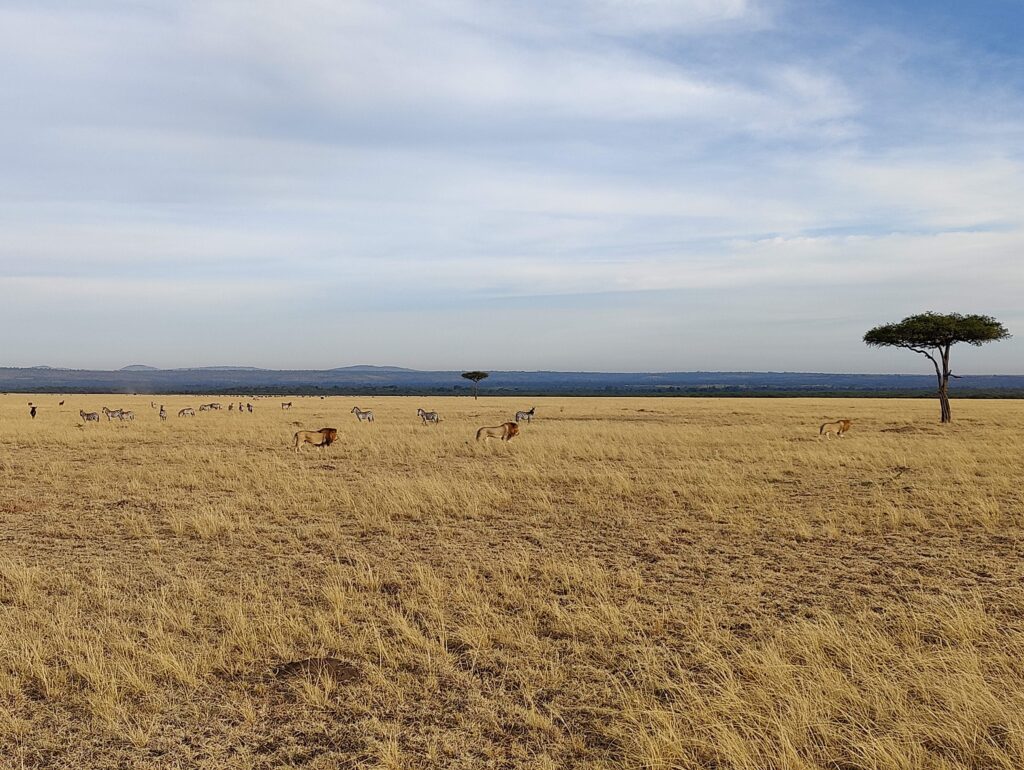


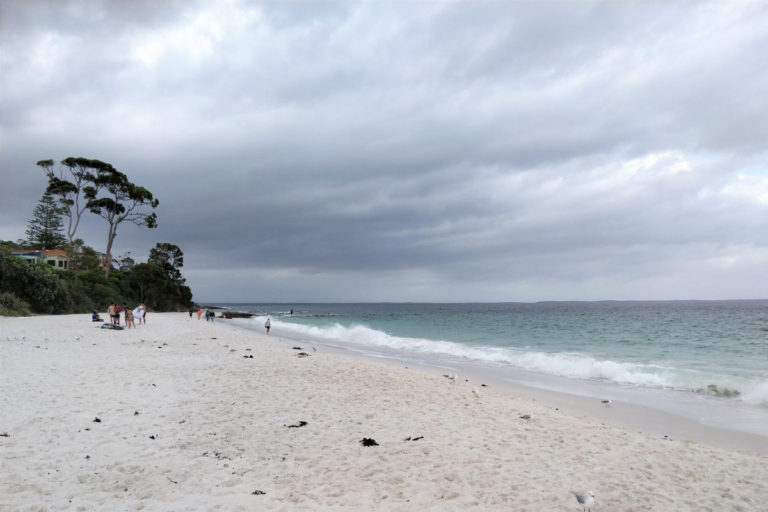
Pingback: A Solitary Birthday in Malaysia - Ayush Jain